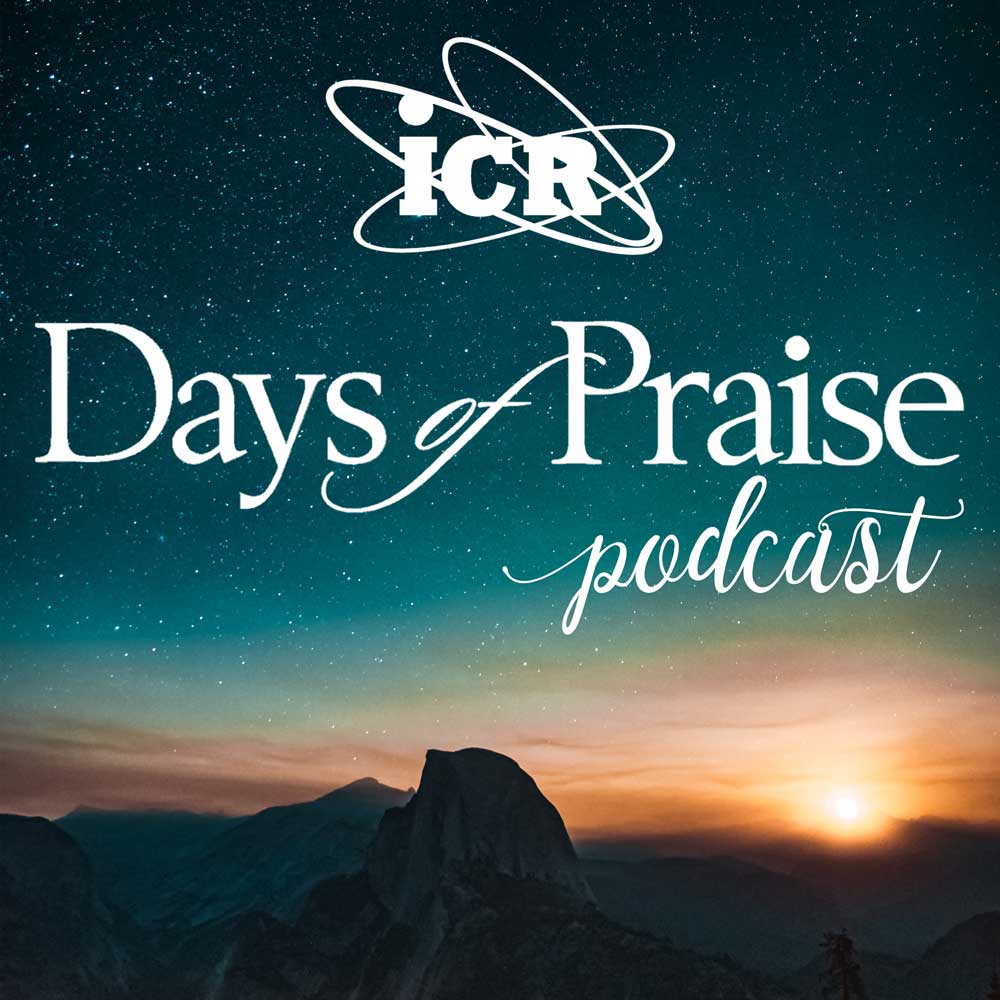“This is the book of the generations of Adam. In the day that God created man, in the likeness of God made he him.” (Genesis 5:1)
The Bible (literally “the book”) contains over 200 references to books. This implies, among other things, God’s approval of communication by books. Our text, containing the first mention of the word “book” in the Bible, indicates that the very first man wrote a book! “Give attendance to reading,” Paul recommends (1 Timothy 4:13), especially the Holy Scriptures (2 Timothy 3:15-17).
The pattern of first and last mentions of “book” in the Bible is noteworthy, for all refer to divinely written or divinely inspired books. The first use in the New Testament is in the very first verse—“The book of the generation of Jesus Christ” (Matthew 1:1). The book of Adam’s “generations” is, in a special sense, the Old Testament; the book of the generation of Jesus Christ—the last Adam—is, in a similar sense, the New Testament.
The final mention of “book” in the Old Testament is in Malachi 3:16: “A book of remembrance was written before him for them that feared the LORD, and that thought upon his name.”
The third-from-last verse of the New Testament contains no less than three references to God’s books: “If any man shall take away from the words of the book of this prophecy, God shall take away his part out of the book of life,...and from the things which are written in this book” (Revelation 22:19).
Note the significant modifiers attached to these six key references: “the book of the generations of Adam,” “a book of remembrance,” “the book of the generation of Jesus Christ,” “the book of this prophecy,” “the book of life,” and finally, simply “this book”! HMM
 Days of Praise Podcast is a podcast based on the Institute for Creation Research quarterly print devotional, Days of Praise. Start your day with devotional readings written by Dr. Henry Morris, Dr. Henry Morris III, Dr. John Morris, and others to strengthen and encourage you in your Christian faith.
Days of Praise Podcast is a podcast based on the Institute for Creation Research quarterly print devotional, Days of Praise. Start your day with devotional readings written by Dr. Henry Morris, Dr. Henry Morris III, Dr. John Morris, and others to strengthen and encourage you in your Christian faith.






















